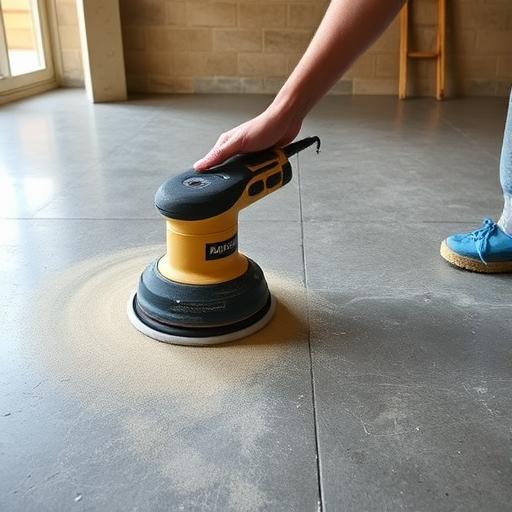What Grit Sandpaper For Concrete Floors
Sanding concrete floors is an essential step in achieving a smooth, polished, and aesthetically pleasing surface. However, the process doesn’t stop at simply sanding; choosing the correct grit sandpaper is vital to ensure the desired finish. In this article, we’ll delve into the world of grit sandpaper, exploring its importance and guiding you through the process of selecting the right grit for your concrete floor project.
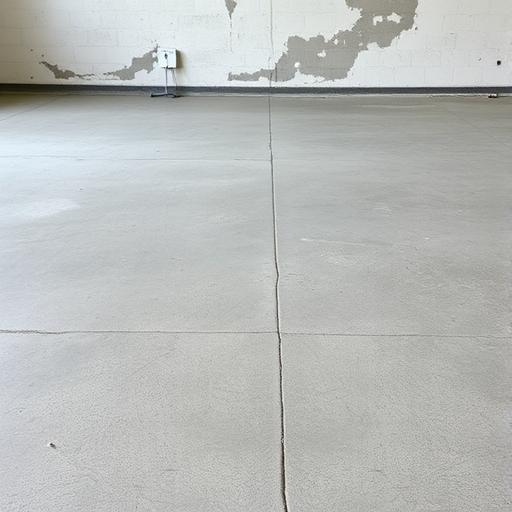
Understanding Grit in Sandpaper
Grit refers to the size and number of abrasive particles on the sandpaper. It plays a crucial role in the sanding process as it determines the texture and smoothness of the surface. The grit scale ranges from coarse to fine, typically spanning from 40 to 400 for general sanding purposes. In essence, the smaller the grit number, the coarser the sandpaper, and the larger the number, the finer the sandpaper.
Why Choosing the Right Grit Matters for Concrete Floors
Selecting the correct grit is integral to the success of your concrete floor sanding project. Incorrect grit can lead to deep scratches, uneven surfaces, and a waste of time and effort. Conversely, the right grit ensures optimal results, whether you’re polishing, smoothing, or preparing the surface for coatings or sealing. It helps achieve a perfectly smooth finish, enhance the aesthetic appeal of the concrete floor, and ultimately improve its durability.
Common Grit Ranges for Concrete Floors
Coarse Grit (40-80 Grit)
Ideal for heavy material removal, coarse grit sandpaper is perfect for leveling uneven surfaces or removing old coatings. It’s best used in the initial sanding stages. However, be cautious not to leave deep scratches by skipping finer grits.
Medium Grit (100-150 Grit)
Suitable for smoothing out rough surfaces after coarse grit, medium grit sandpaper helps remove minor imperfections and prepares the surface for finer sanding. It’s perfect for intermediate sanding stages.
Fine Grit (200-400 Grit)
Used for final smoothing and polishing, fine grit sandpaper creates a smooth, refined surface suitable for sealing or coating. It enhances the aesthetic appeal of the concrete floor, giving it a satin or semi-gloss finish.
Very Fine Grit (800+ Grit)
Used for achieving a high-gloss finish, very fine grit sandpaper is typically used in advanced polishing stages. It’s ideal for decorative or high-end finishes, giving concrete floors a mirror-like shine.
Factors to Consider When Choosing Grit for Concrete Floors
- Surface Condition: Assess the level of roughness or imperfections on your concrete floor. The rougher the surface, the coarser the grit needed.
- Project Goals: Determine whether your goal is polishing, smoothing, or preparing the surface for a coating. This will help dictate the grit needed.
- Equipment Used: Consider the type of sander or grinder being used. Some machines might perform better with certain grits.
- Finish Type: Decide on the desired final look. Matte finishes require coarser grits, while glossy finishes need very fine grits.
Step-by-Step Guide to Sanding Concrete Floors
Preparation
- Clean the floor and remove debris or coatings.
- Inspect the surface for cracks or damages.
- Gather necessary tools and safety equipment, including gloves, goggles, and a face mask.
Coarse Sanding (40-80 Grit)
Start with coarse grit to remove major imperfections or coatings. Use a floor grinder or sander for efficiency.
Medium Sanding (100-150 Grit)
Smooth out the surface and remove scratches left by coarse grit. Ensure even sanding across the entire floor.
Fine Sanding (200-400 Grit)
Polish the surface to achieve a smooth finish. Prepare the floor for sealing or coating.
Optional: Very Fine Sanding (800+ Grit)
Use for a high-gloss, mirror-like finish if desired.
Tips for Effective Sanding of Concrete Floors
- Always start with a coarser grit and gradually move to finer grits.
- Keep the sander moving to avoid uneven spots.
- Use dust collection systems to minimize airborne particles.
- Wear protective gear, including goggles and a mask.
Common Mistakes to Avoid
- Skipping grit levels.
- Applying too much pressure, which can damage the surface.
- Not cleaning the floor between sanding stages.
- Ignoring safety precautions.
FAQ Section
What grit sandpaper should I use to remove paint from concrete floors?
Use coarse grit (40-80) for effective paint removal.
Can I use fine grit sandpaper straight away on smooth concrete?
Fine grit should only be used after initial sanding with coarser grits to achieve a polished finish.
How do I know when to move to the next grit level?
Move to the next grit when the surface feels smoother and previous scratches are less visible.
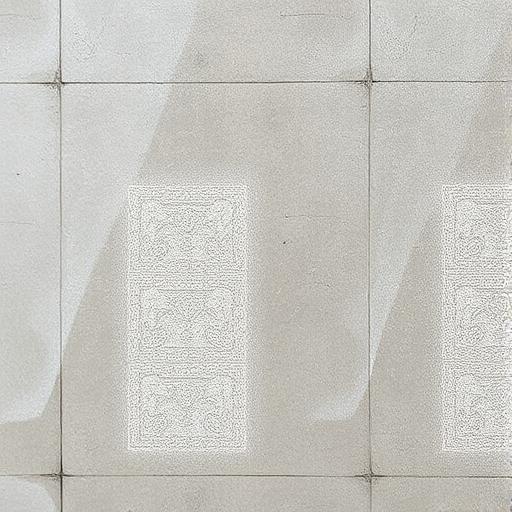
Is it necessary to wet sand concrete floors?
Wet sanding can reduce dust but is not always necessary; dry sanding is more common.
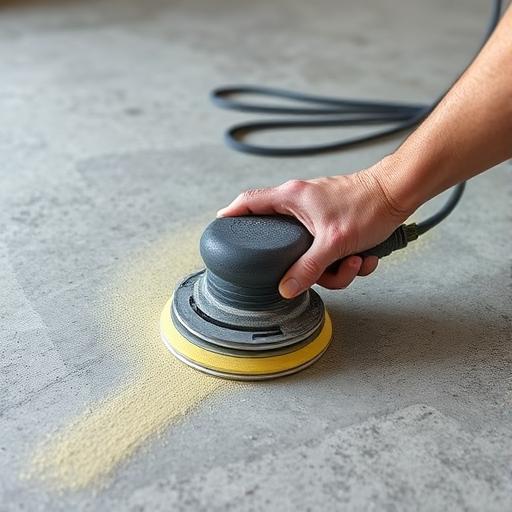
Can I sand concrete floors by hand?
Hand sanding is possible for small areas, but for larger floors, use a floor sander or grinder for efficiency.
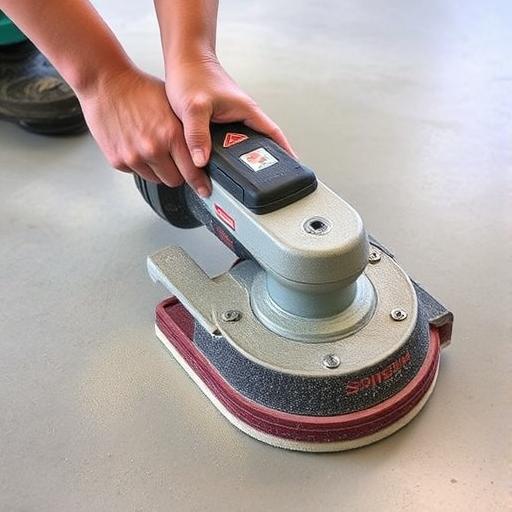
Conclusion
Sanding concrete floors is a crucial step that requires careful consideration, not just of the sanding process itself, but also of choosing the correct grit sandpaper. By understanding your project goals, assessing the surface condition, and selecting the right grit, you’ll achieve a polished, durable, and aesthetically pleasing concrete floor that stands the test of time.


